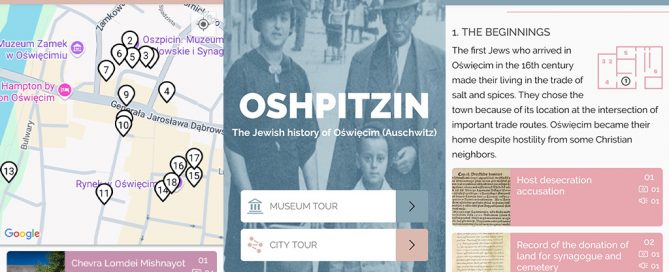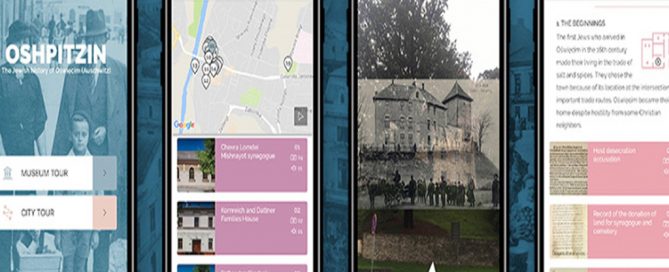Spotlight: A Town Called Auschwitz
By Prof. Victoria Grace Richardson-Walden The 27 January 2025 marks the 80th anniversary of the liberation of Auschwitz and Auschwitz-Birkenau. These former Nazi concentration and death camps respectively are two of the most visited historical sites in Europe, yet the Jewish history of the town in which Auschwitz lies is far less known. In this month's Spotlight, we take a look at the development of the augmented reality app making visible this past. The Polish town Oświeçim was called ‘Auschwitz’ in German both back in the 15th Century and during the Nazi Occupation. It was also known as ‘Oshpitzin’ in Yiddish. The diverse names given to this town are indicative of its historical multicultural nature. Whilst modest in size, Oświeçim was well-connected by rail, which helped merchants arrive to sell goods in its central market square. These transport links would of course go on to have a more sinister role under Nazi rule, enabling the mass movement of Jews, Roma and Sinti, and other victims from across Europe to Auschwitz I and later also Auschwitz-Birkenau (Auschwitz II). As major commemorations take place at the Auschwitz-Birkenau State Museum to mark the 80th anniversary of the Red Army’s liberation of prisoners this [...]

